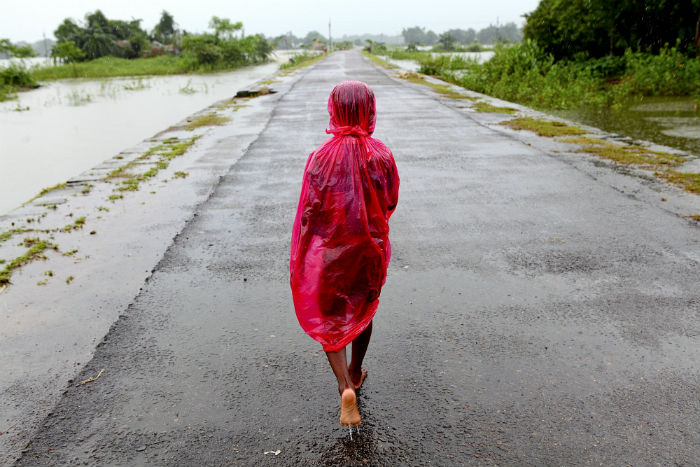By: Edd Gent
Send to a friend
The details you provide on this page will not be used to send unsolicited email, and will not be sold to a 3rd party. See privacy policy.
Crowded conditions in developing world megacities can dramatically increase the effect of climate on infectious diseases, say researchers.
A study based on 22 years of rotavirus cases in Dhaka, Bangladesh, found infection rates during the monsoon were around ten times higher in the densely populated centre than the quieter periphery.
The virus is the most common cause of diarrhoea in children worldwide and is responsible for more than 400,000 child deaths a year.
“As we get more-populated megacities, we have to be aware this is going to have strong epidemiological consequences, including in terms of responses to climate.”
Mercedes Pascual, University of Chicago
Rotavirus infection rates in tropical countries are fairly consistent throughout the year with a slight peak in cool seasons, although some studies have found evidence of spikes when river levels are high.
But the study, published in the Proceedings of the National Academy of Sciences this week (28 March), found that a higher baseline of rotavirus infection in the congested core of the city of 15 million appears to make it far more sensitive to flood-driven outbreaks than the suburbs — resulting in a regular second peak during the warm monsoon months.
“As we get more-populated megacities, we have to be aware this is going to have strong epidemiological consequences, including in terms of responses to climate,” says coauthor Mercedes Pascual, an ecologist at the University of Chicago in the United States.
The city’s periphery experienced the second peak after exceptional flooding, but the researchers found that this peak occurred more consistently in the core most likely due to a persistent reservoir of the disease — people who have built up immunity but can still infect others.
Previous research by the authors found similar spatial variations in climate sensitivity with cholera cases in Dhaka.
Pascual suspects that many infectious diseases become more climate sensitive in megacities. “If you can identify places that are more responsive to variations in climate, you can be prepared to respond more locally and perhaps more efficiently,” she adds.
Virginia Pitzer, an epidemiologist at Yale School of Public Health in the United States, says the results are intriguing, but she wants to see if it can predict infection rates and whether similar spatial variation is found in other cities.
“It certainly suggests water-borne transmission of rotavirus is a problem, particularly in megacities such as Dhaka,” she adds.
Ziaul Matin, child health specialist for UNICEF in Bangladesh, says public health experts have been anecdotally aware of the monsoon peak for some time, but welcomed hard data on the issue.
“We can use it to help design our programmes and even early-warning systems,” he says.
References
Pamela P. Martinez and others Differential and enhanced response to climate forcing in diarrheal disease due to rotavirus across a megacity of the developing world (Proceedings of the National Academy of Sciences, 28 March 2016)














